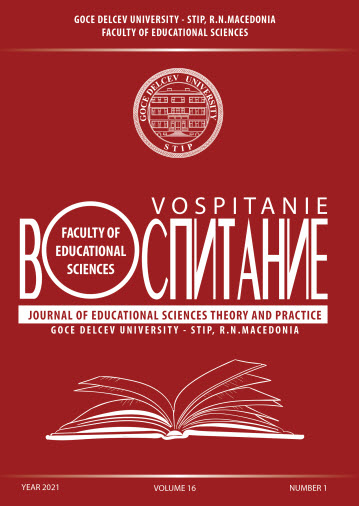EFL COLLEGE STUDENTS’ SELF-ESTEEM AND ITS CORRELATION TO THEIR ATTITUDES TOWARDS INCLUSIVE EDUCATION
DOI:
https://doi.org/10.46763/JESPT211610027aoKeywords:
Self-esteem, Inclusive education, The correlationAbstract
This study deals with an important personality trait which is self-esteem and how this trait can effect directly on students decisions and relationships. More precisely, the present study attempts to show the kind of the correlation between students’ self-esteem and their attitudes towards inclusive education. Two instruments are used in this study to collect data; self-esteem questionnaire that have developed by Rosenberg (1965) and the attitude scale by Moberg & Savolainen (2003). The participants are 140 college male and female students, their ages range between 20-25 years. They are all from the English department, college of education for human science, University of Diyala, Iraq. Results of the study demonstrate that there is no significant difference between male and female college students in self-esteem and in their attitudes towards inclusive education though male students seem more inclined than female students. Results also show that there is a significant correlation between students’ self-esteem and their attitudes towards inclusive education.


